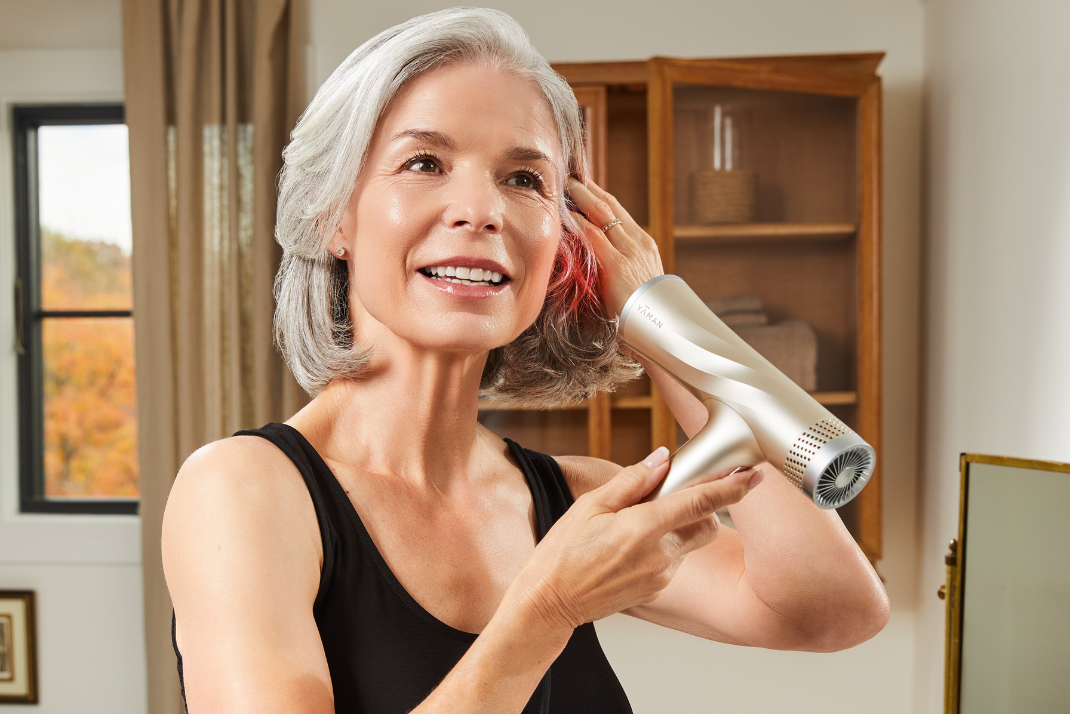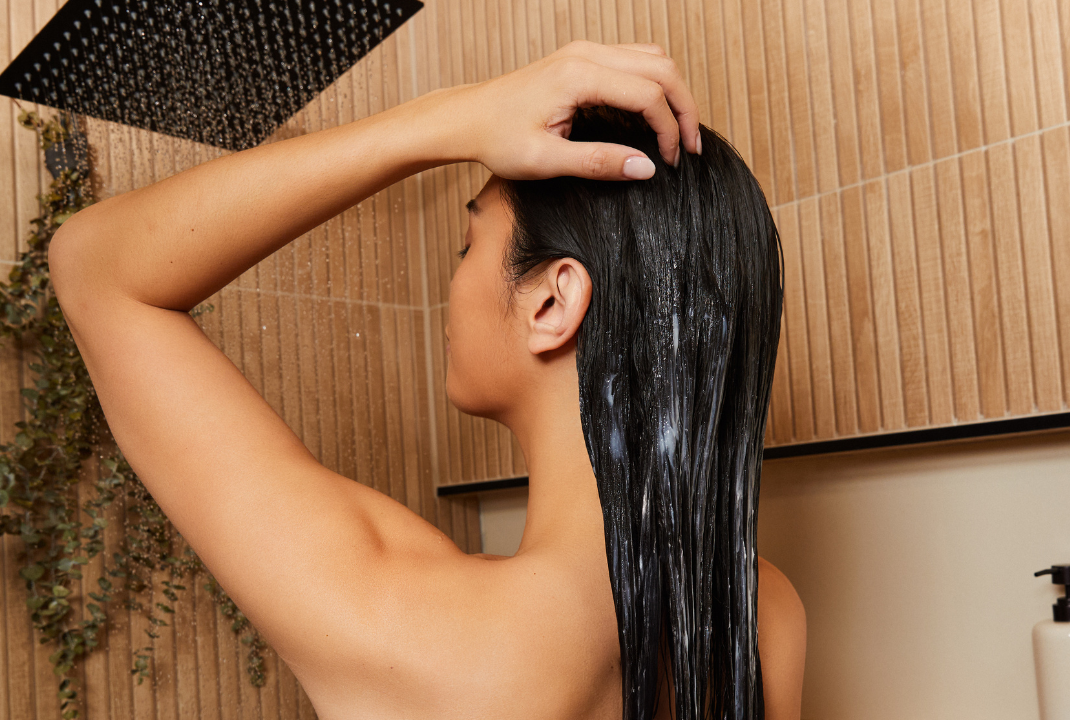Clearing the confusion over the vocabulary of hydration
In IRL we use the same term, ‘wet’, to describe any number of liquid substances, the most common of which are water and oil. When it comes to hair beauty, however, these two are very different indeed. What makes it even more confusing is that the opposite term, ‘dry’, is used for both dehydrated hair (lacking oil) as well as hair that isn’t wet (lacking water).
Further confusion manifests with the term ‘hydration’. In the physiological sense, this means how much water you drink. But on the surface of the hair strand, the term refers to lipid content.
“Basically,” explains renowned hair product formulator Philip B, “in the hair, moisture is oil based, whereas wetness is water based. The moisture the body naturally produces–particularly in the scalp and face–is sebum made up of lipids (fat molecules). And the old saying is true, ‘oil and water don’t mix.’”
Loving lipids
Sebum is produced by the sebaceous glands inside the hair follicle in the scalp and skin. Although it is technically dead tissue the hair loves lipids and soaks them right up. With an adequate lipid supply, hair becomes smooth, shiny, resilient and manageable. Lacking lipids, hair becomes dull, dry, broken and prone to split ends. But as with anything, you can have too much of a good thing. Too much sebum (either from not enough washing or overactive sebaceous glands) leads to oily, greasy hair.
“As always Philip B says, “it’s all about balance.”
Lipids can be naturally produced or something applied through a product. Products that protect surface lipids include conditioners, reparative treatment masks (like YA-MAN Deep Moist Repair Treatment) and oil treatments.
Water ways
We need water to mix with shampoo to create a fluid that will dissolve excess sebum, dirt, and product from the hair yet still enable it to rinse away efficiently.
Philip B cautions, “Wet hair is inherently vulnerable and more prone to damage than dry. That’s why overdoing it with heating tools (dryers, irons, hot rollers) is responsible for so much preventable damage. People are looking for super hot blow dryers that work fast, but you have to remember, the higher the heat, the closer you are to literally cooking the hair. And when you cook anything, it has the potential to burn, melt, crack and shrivel. Also, excess heat not only evaporates water out of the hair, it can also bake moisture out of the hair too.”
Products that help prevent offer heat protection. Or best yet, use a better dryer.
Enter YA-MAN
Thanks to innovative technology in its motor, the YA-MAN Spa Styler™ Blow Dry + Scalp Massage has solved the problem of drying efficiency (as in 30% faster drying time) while still maintaining hydration (to the tune of 190% more) in the hair strand itself. It does this at a comfortable lower temperature–still plenty warm, mind you–but at a higher speed. In other words, the best of both worlds.
YA-MAN SPA STYLER™ Hair Tools and Hair Products Collections are a series of heated hair styling tools and treatment products developed by YA-MAN Ltd., an innovative Japanese beauty tech company renowned for its device sophistication and formula efficacy.
“In the hair, moisture is oil based, whereas wetness is water based. The moisture the body naturally produces–particularly in the scalp and face–is sebum made up of lipids (fat molecules). ”
–– Philip B.
Founder, Philip B. Botanicals
w philipb.com
IG @philipb



